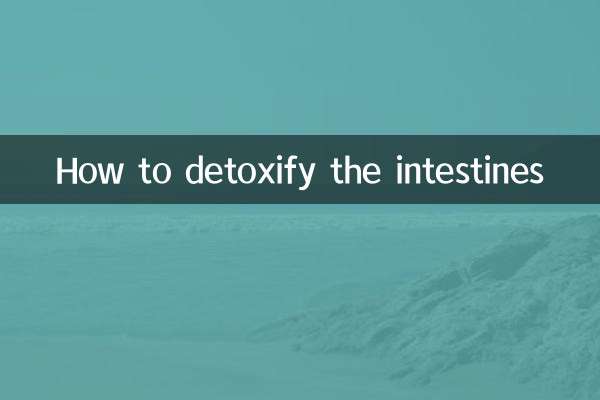How to diagnose breast milk jaundice
Breast milk jaundice is a common physiological phenomenon in the neonatal period, usually occurring in exclusively breastfed infants. Because bilirubin metabolism is not fully mature, and certain components in breast milk may affect the excretion of bilirubin, the duration of jaundice is prolonged. The following is a detailed analysis of the diagnosis methods and related data of breast milk jaundice.
1. Characteristics of breast milk jaundice

Breast milk jaundice usually manifests as mild to moderate jaundice with yellow staining of the skin and sclera, but the baby is generally in good condition and has no other abnormal symptoms. The following is a comparison of breast milk jaundice and pathological jaundice:
| feature | breast milk jaundice | pathological jaundice |
|---|---|---|
| Appearance time | 3-5 days after birth | Within 24 hours after birth or lasting more than 2 weeks |
| degree of jaundice | Mild to moderate (bilirubin levels are usually less than 15 mg/dL) | Severe (bilirubin levels may rise rapidly) |
| accompanying symptoms | No other abnormal symptoms | May be accompanied by fever, vomiting, drowsiness, etc. |
| duration | Usually lasts 3-12 weeks | Long lasting or recurring |
2. How to diagnose breast milk jaundice
1.Observe when jaundice appears: Breast milk jaundice usually appears 3-5 days after birth, while pathological jaundice may appear within 24 hours after birth.
2.Monitor bilirubin levels: Measure bilirubin levels with a blood test or transcutaneous bilirubin meter. Bilirubin levels in breast milk jaundice are usually less than 15 mg/dL and rise slowly.
3.Assess the baby's general condition: Infants with breast milk jaundice usually feed well, have normal weight gain, are in good mental status, and have no other abnormal symptoms.
4.Breastfeeding trial paused: If the bilirubin level drops significantly after 48-72 hours of breastfeeding suspension, the diagnosis of breast milk jaundice is supported.
3. Treatment of breast milk jaundice
1.continue breastfeeding: In most cases, there is no need to stop breastfeeding. Jaundice will gradually subside as the baby's liver function matures.
2.Increase feeding frequency: By increasing the number of feedings, it promotes infant defecation and helps the excretion of bilirubin.
3.Phototherapy: If bilirubin levels are too high, your doctor may recommend phototherapy, but this is less common with breast milk jaundice.
4.Regular monitoring:Recheck bilirubin levels regularly to ensure that jaundice does not worsen.
4. Differentiation between breast milk jaundice and pathological jaundice
The following are the key points for identifying breast milk jaundice and pathological jaundice:
| identification point | breast milk jaundice | pathological jaundice |
|---|---|---|
| bilirubin level | Usually less than 15mg/dL | May rise rapidly, exceeding 15 mg/dL |
| baby state | Generally good condition | May be accompanied by lethargy, milk refusal, fever, etc. |
| Stool color | normal yellow | May be off-white or terra cotta |
| urine color | Normal light yellow | May be dark yellow or brown |
5. When Do You Need Medical Treatment?
If the following situations occur, you should seek medical treatment promptly:
1. Jaundice appears within 24 hours of birth.
2. Bilirubin level rises rapidly or exceeds 15mg/dL.
3. The baby has symptoms such as lethargy, milk refusal, and fever.
4. Jaundice lasts for more than 3 weeks.
5. The color of stool becomes lighter or the color of urine becomes darker.
6. Summary
Breast milk jaundice is a common phenomenon in the neonatal period and usually does not require special treatment, but it needs to be distinguished from pathological jaundice. By observing the time when jaundice appears, the bilirubin level, the baby's general condition, and the breastfeeding suspension test, we can preliminarily determine whether it is breast milk jaundice. If it cannot be determined or abnormal symptoms occur, you should seek medical treatment in time to avoid delaying treatment.
I hope this article can help parents better understand the diagnosis method of breast milk jaundice, reduce unnecessary anxiety, and scientifically deal with the problem of neonatal jaundice.

check the details

check the details